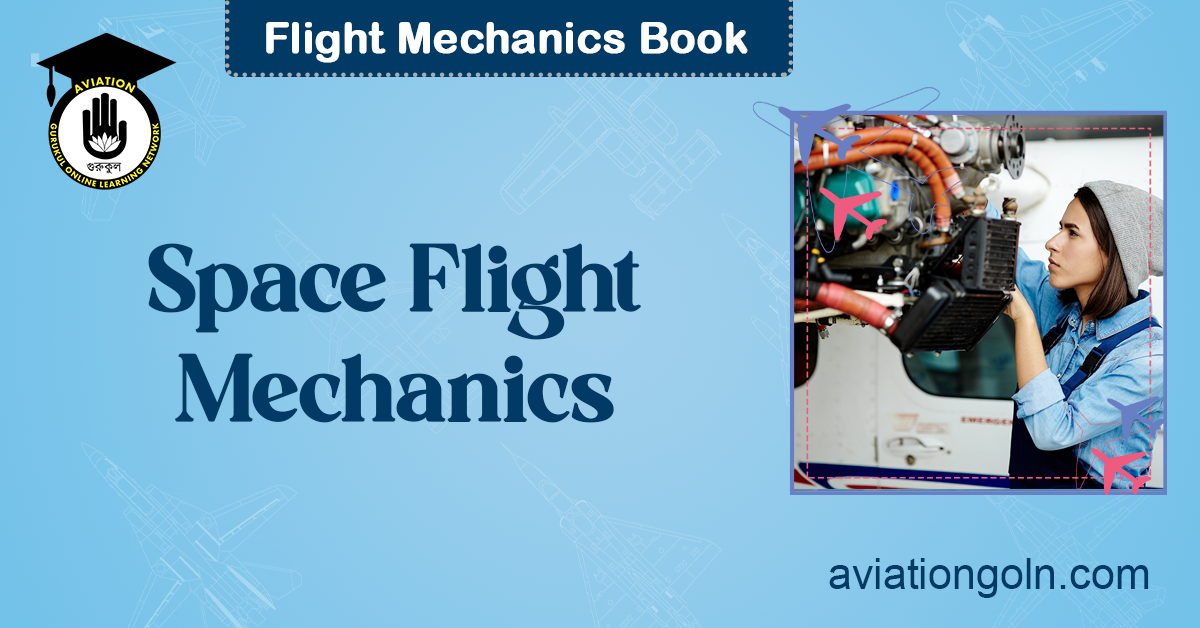Space flight mechanics, often referred to as astrodynamics, is the science that studies the motion of spacecraft and celestial bodies under the influence of forces such as thrust and gravitational forces. The exploration of space necessitates a profound understanding of these mechanics, which differ significantly from the aerodynamics that guide aircraft within the Earth’s atmosphere.
Space Flight Mechanics
While basic principles like Newton’s laws of motion provide the foundation for space flight, the environment of space brings in complexities and nuances. This article delves into some advanced topics within space flight mechanics.
1. The Three-Body Problem
A fundamental challenge in astrodynamics is predicting the motion of three celestial bodies under mutual gravitational attraction, termed the three-body problem.
- Restricted Three-Body Problem: A simplification assumes one body has negligible mass, not affecting the motion of the other two. This model is useful for understanding the motion of a spacecraft (negligible mass) in the vicinity of Earth and the Moon.
- Lagrangian Points: There are five points in the restricted three-body system where gravitational and orbital forces counteract, allowing a small object to remain stationary relative to the larger two. These points have potential applications for space missions.
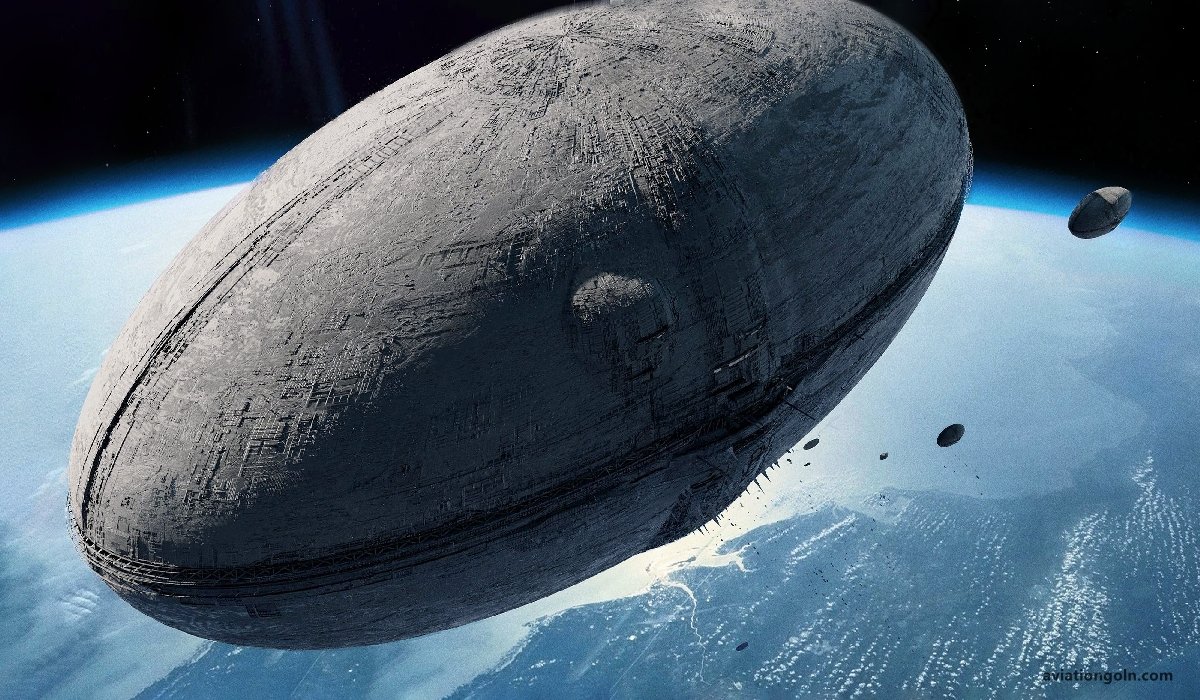
2. Orbit Transfer Maneuvers
Changing a spacecraft’s orbit requires maneuvers, often using propulsion systems.
- Hohmann Transfer: This is the most energy-efficient method to transfer between two coplanar orbits. It uses two engine impulses: one to move the spacecraft onto a transfer orbit, and another to move off the transfer orbit to the final desired orbit.
- Bi-Elliptic Transfer: While less efficient than Hohmann transfers for most cases, there are situations, particularly when the ratio of the final to the initial semi-major axis is great, where this can be more efficient.
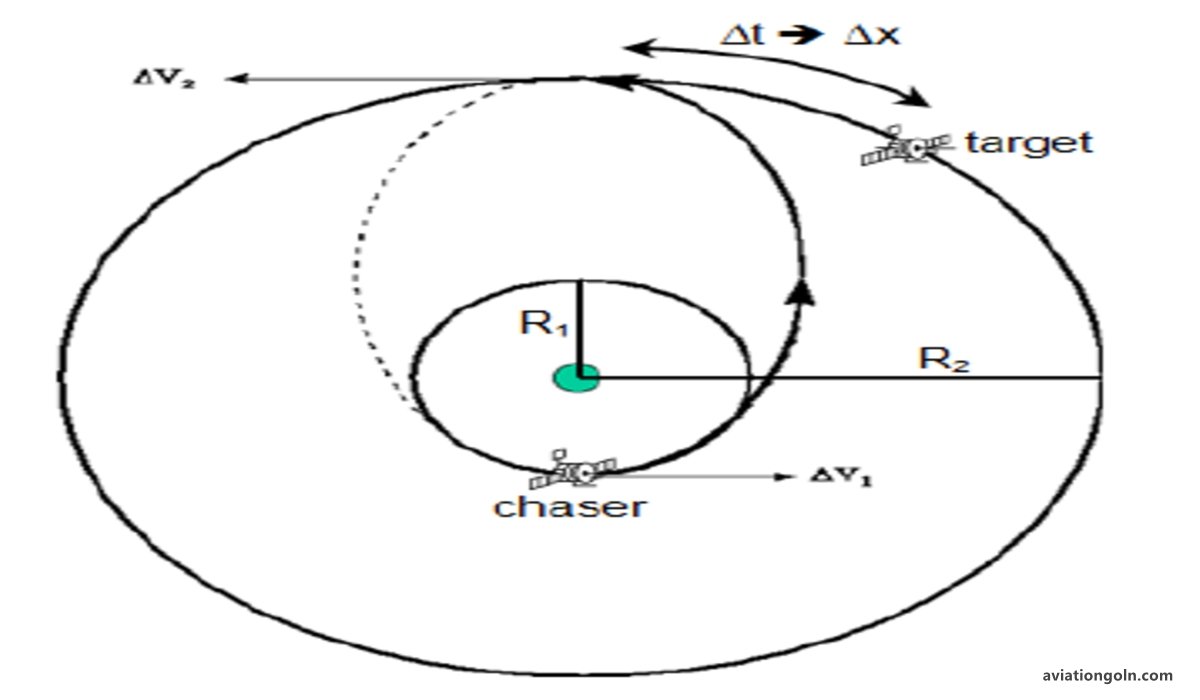
3. Interplanetary Trajectories
Navigating between planets necessitates more than a simple Hohmann Transfer.
- Gravity Assists: Spacecraft can gain or lose orbital energy by making close approaches to planets, using their gravity to modify speed and trajectory. This method can significantly reduce fuel requirements for interplanetary missions.
- Patch-conic Approximation: Because of the complexity of multiple-body interactions, trajectories are often broken down into segments where two-body motion dominates, and these segments (or “patches”) are analyzed separately.
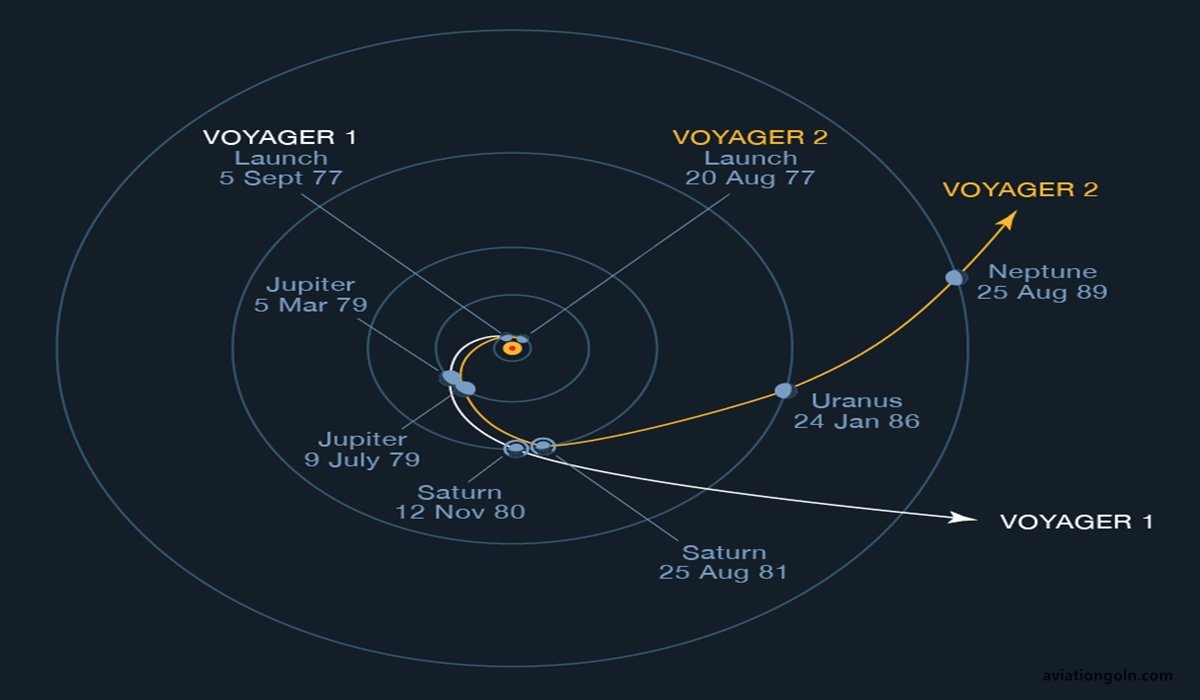
4. Orbital Perturbations
While two-body problem solutions provide the foundation for understanding orbits, real-world conditions cause deviations or perturbations.

- Gravitational Perturbations: Caused by the non-uniform distribution of mass within celestial bodies, like the equatorial bulges.
- Atmospheric Drag: For low-Earth orbits, the thin exosphere can produce drag, gradually reducing the altitude of the spacecraft.
- Solar Radiation Pressure: Photons from the sun exert pressure on spacecraft, which can lead to minor perturbations in its trajectory.
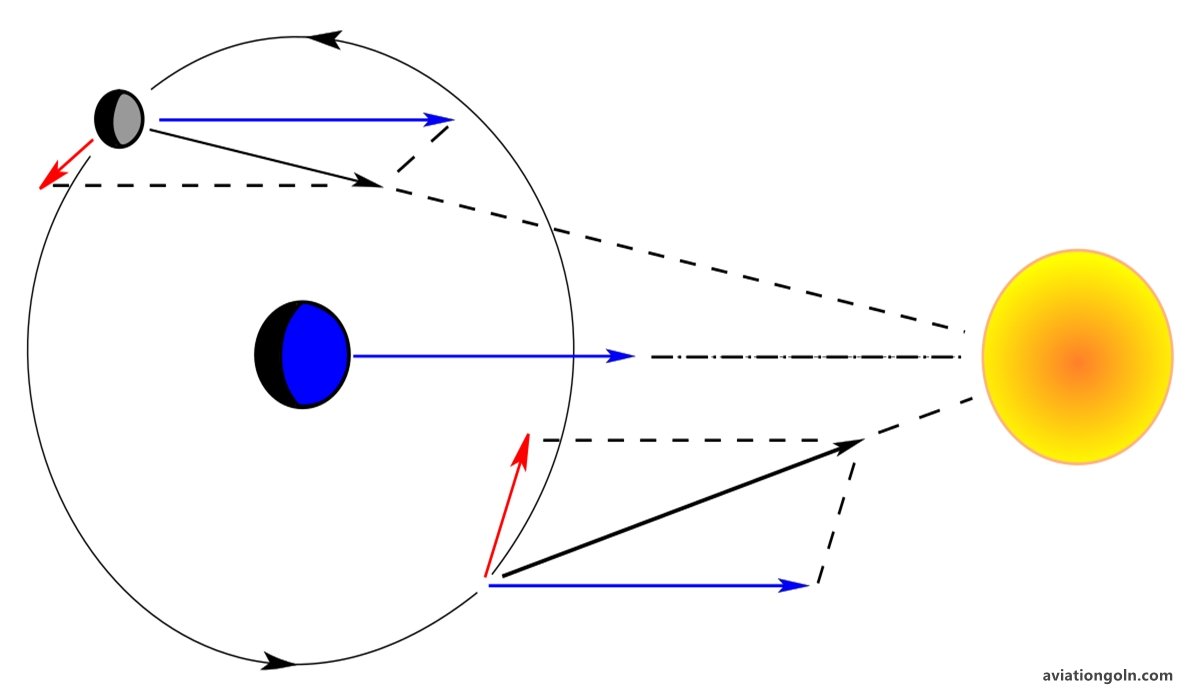
5. Spacecraft Attitude Dynamics
Attitude dynamics deal with the orientation of the spacecraft and its control.
- Euler Angles: These angles define the orientation of a spacecraft relative to a reference frame. They include roll, pitch, and yaw.
- Gyroscopes and Reaction Wheels: Used to control the orientation of a spacecraft without expelling propellant. They work on the principle of conservation of angular momentum.
- Magnetic Torquers: Devices that produce a magnetic field that interacts with a planet’s magnetic field, generating torques to control spacecraft orientation.
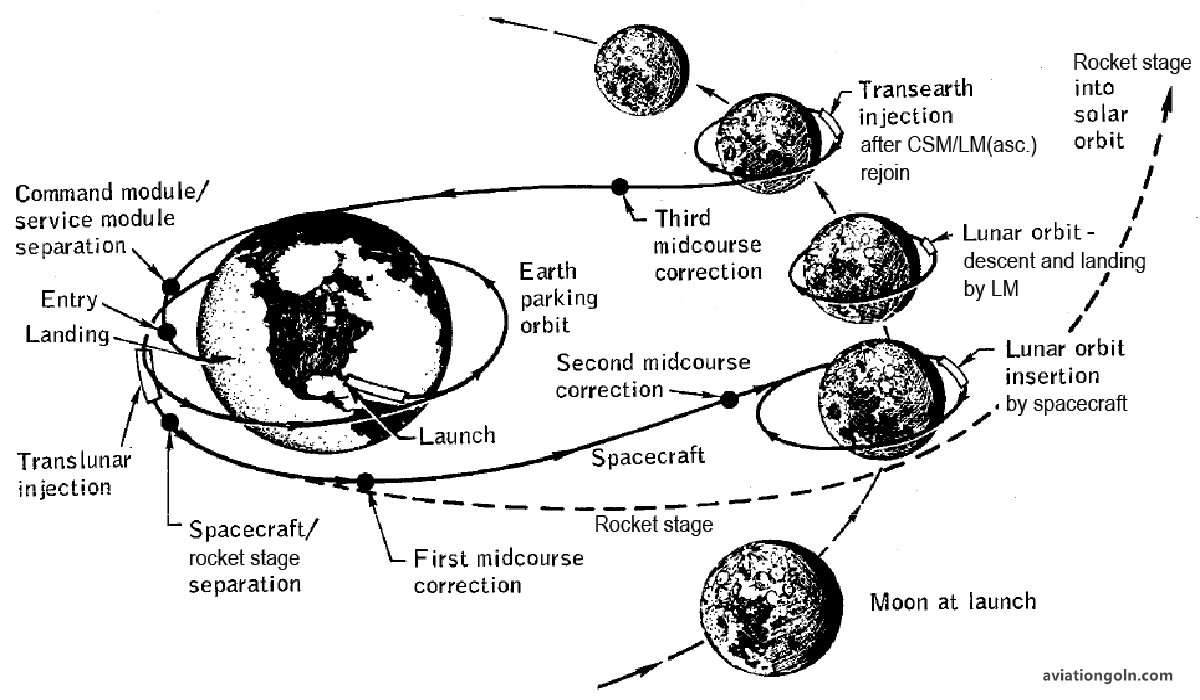
6. Re-entry Dynamics
Returning to Earth from space poses significant challenges due to the Earth’s atmosphere.
- Re-entry Window: This is a set range of trajectories that ensures the spacecraft does not bounce off the atmosphere or burn up due to excessive velocities.
- Ablative Heat Shields: These are designed to erode in a controlled manner, preventing the spacecraft and its inhabitants from burning up during re-entry.
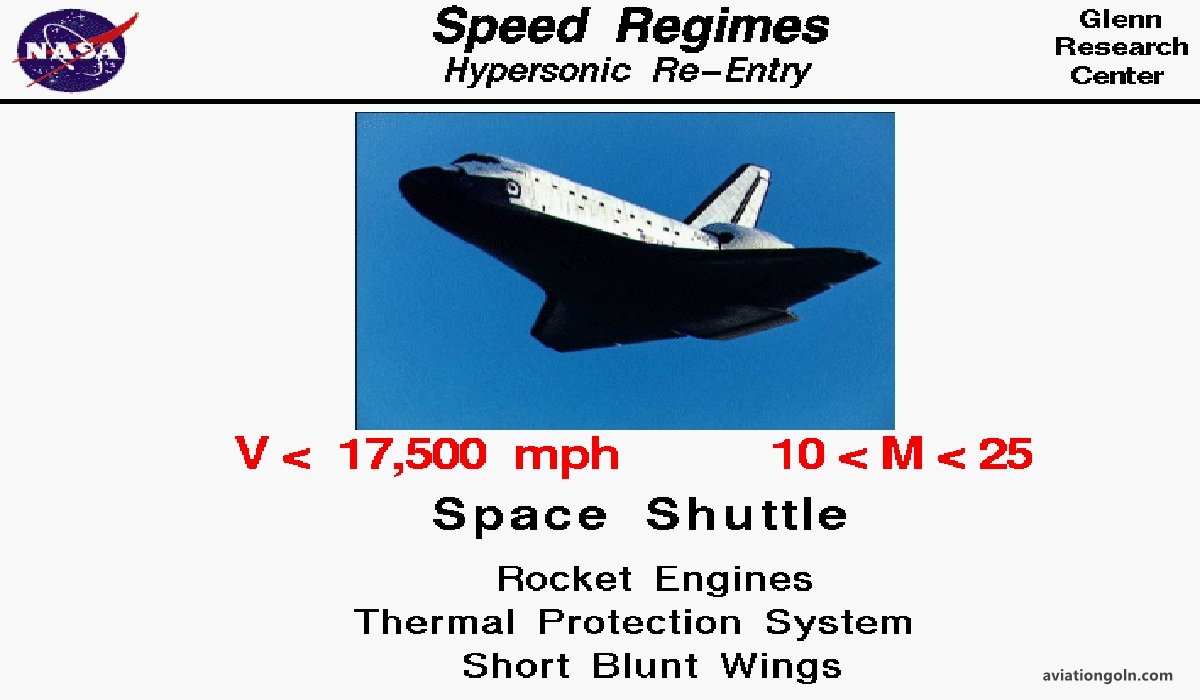
7. Advanced Propulsion Techniques
Beyond traditional chemical propulsion, advancements in technology have introduced new possibilities for spacecraft propulsion.
- Ion Drives: These use electric or magnetic fields to accelerate ions, producing thrust. They are highly efficient, allowing spacecraft to achieve higher speeds over time.
- Solar Sails: Large mirrors or sails reflect sunlight, and the momentum of the photons provides a propulsive force. This allows for continuous acceleration over time, potentially reaching high velocities.

The mechanics of space flight, while founded on classical physics principles, introduce unique challenges and complexities. As our ambitions grow from Earth orbit to Mars and beyond, understanding and innovating within these advanced topics becomes paramount. Space exploration is as much a testament to human curiosity as it is to our prowess in engineering and understanding the intricacies of the universe’s laws. As technology and knowledge evolve, so will our mastery over space flight mechanics, taking us to horizons previously deemed unreachable.
